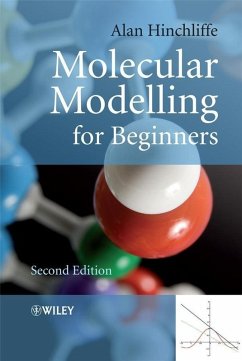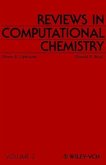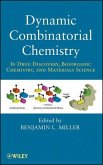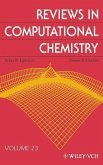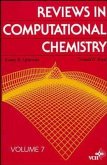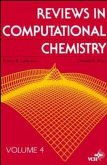A concise, basic introduction to modelling and computational chemistry which focuses on the essentials, including MM, MC, and MD, along with a chapter devoted to QSAR and Discovery Chemistry. * Includes supporting website featuring background information, full colour illustrations, questions and answers tied into the text,Visual Basic packages and many realistic examples with solutions * Takes a hands-on approach, using state of the art software packages G03/W and/or Hyperchem, Gaussian .gjf files and sample outputs. * Revised with changes in emphasis and presentation to appeal to the modern student.
Dieser Download kann aus rechtlichen Gründen nur mit Rechnungsadresse in D ausgeliefert werden.

